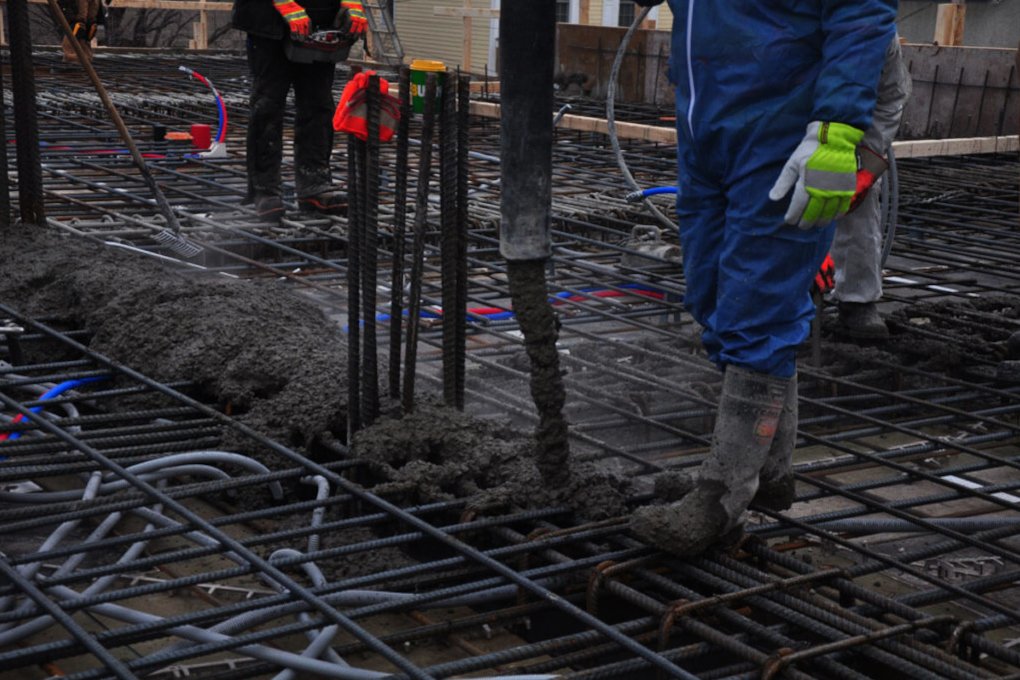Concrete temperature monitoring becomes more critical in cold weather as low temperatures decrease the rate of strength development during curing. For this reason, accurate and consistent temperature monitoring of your in-situ slab is important so that the quality of your structure is optimal.
What is Cold Weather Concreting
In the American Concrete Institute (ACI) 306: Guide to Cold Weather Concreting “cold weather” is defined as three or more consecutive days of low temperatures, specifically outdoor temperatures below 40°F (4°C) and air temperature below 50°F (10°C) for more than any 12-hour period.


Why Should You Care About Proper Cold Weather Concreting Practices?
Temperature is typically measured to make sure the concrete is in compliance with certain specifications that define an allowable temperature range. Typical specifications require the temperature of the concrete during placement to be within a range of 10°C to 32°C (50°F to 90°F). However, different specified limits are provided depending on the element size and ambient conditions (ACI 301, 207). The temperature the concrete exhibits during placement affects the temperature of concrete during the next hydration phase.
By closely monitoring temperature variances in your concrete element during curing you will ensure that the strength, quality, and durability of your structure is acceptable. If cold weather concreting practices are not followed according to specifications, you risk running into numerous issues and possibly even structural damage. Among these problems include
- Freezing of concrete at early ages,
- Lack of required strength,
- Rapid temperature changes,
- Inadequate protection of the structure and its serviceability, and
- Improper curing procedures.
Typical specifications require the temperature of the concrete during placement to be within a range of 10°C to 32°C
5 Tips for Controlling Concrete Temperature in Cold Weather
…
